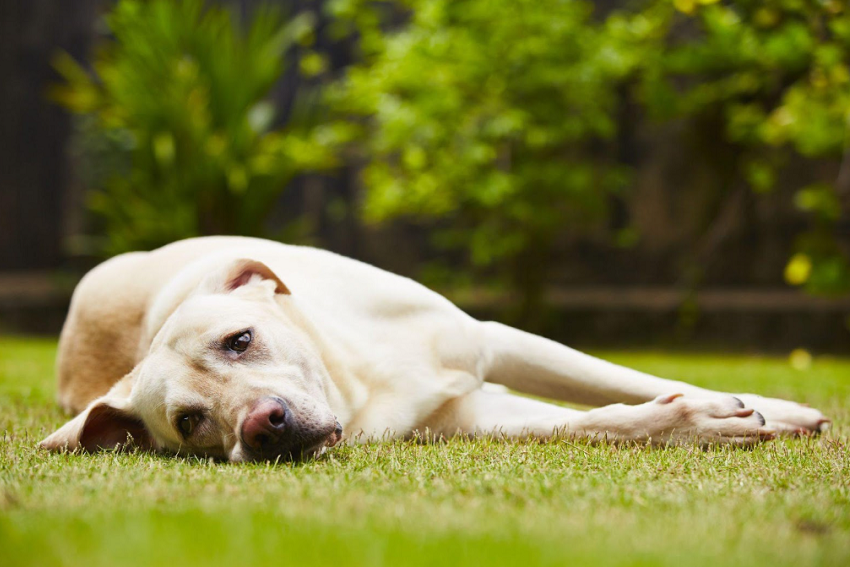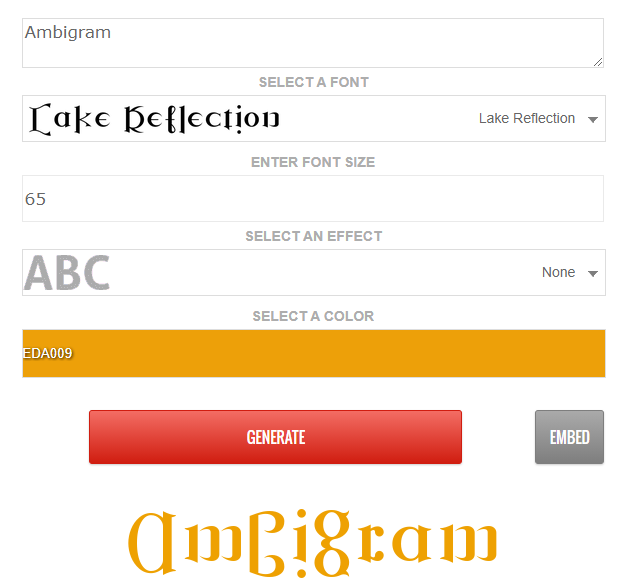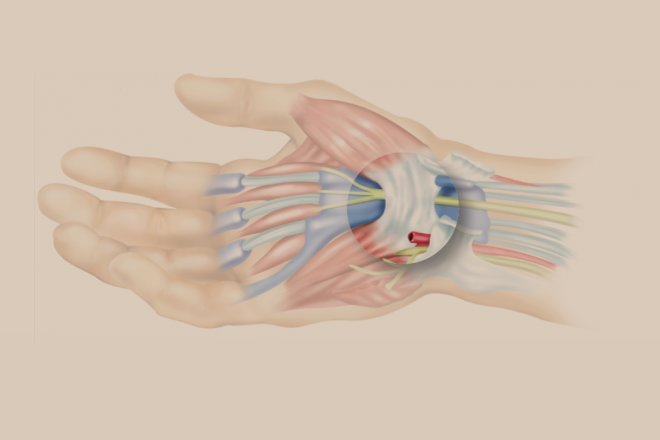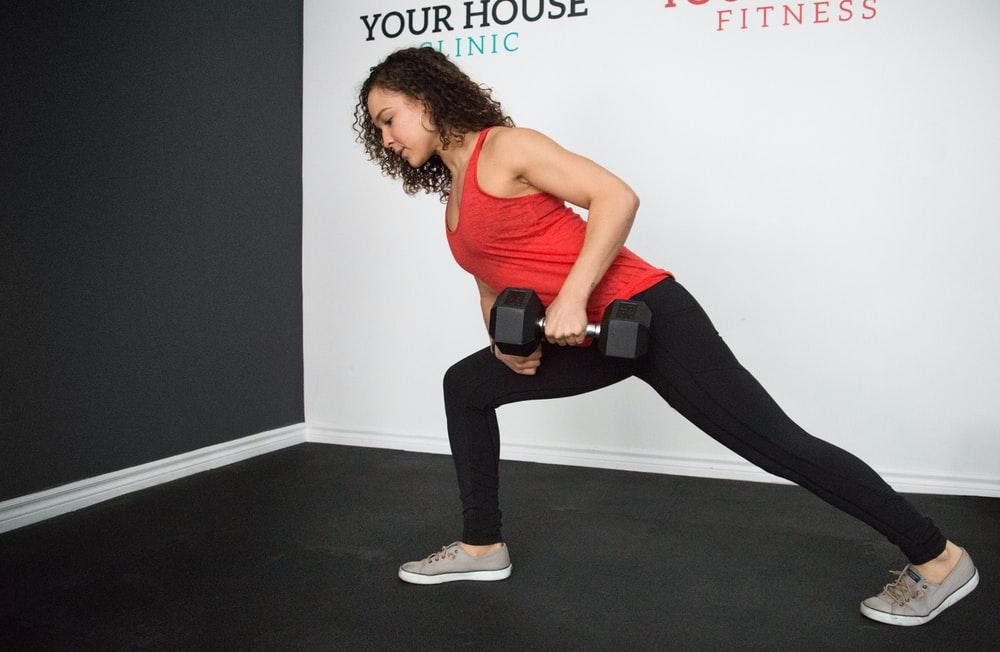It is important to note that dogs can and do get anxious, in the same fashion as individuals. It comes as a result of separation, loud noise, or a change of environment around the dog. Some destructive behavior or constant pacing follows anxiety in dogs. Knowing the signs early will assist you make your pet feel secure and may calm him all down.

The probable symptoms include persistent barking, restlessness, and shaking. The treatments offered include training methods, special products, or drugs that help calm the dog. A relaxing environment and proper exercise also help in managing anxiety in dogs. If you want your dog to be happy and avoid certain behaviors, then it is essential to know your and their needs and triggers. In this article, you will discover explanations of what leads to anxiety in dogs, what it looks like, and how to solve it.
What Causes Anxiety in Dogs?
Various sources could be identified as the cause of anxiety in dogs. There can be hereditary anxiety, but some dogs pass through an anxious period in their lives as a result of occurrences or shifts in their surrounding environment. That is why teaching them how to find out what exactly causes their stress is critical. One of the most frequently reported factors is called separation anxiety.
Separation anxiety
The security of a home is very important for dogs because they feel lonely most of the time, especially when their owner leaves them behind. This can lead to things like destructive behavior, making excessive noise or trying to escape at the first opportunity. Symptoms of dogs with separation anxiety include pacing, crying or even refusing to eat until the owner is around.
Fear-related anxiety
Optical stimuli include bright lights, TV screens, computer and video monitors and sound stimuli include fireworks, thunderstorms or household noises. Anxiety in dogs is a common reaction of dogs to harsh and unfamiliar sounds, causing them to tremble, run into a corner or hug the owner. Dogs may also gradually adapt to develop a lifelong fear of certain sounds.
Emotional illness
In many cases, fear is a major factor that increases dogs’ anxiety. Puppies who have been abused, ignored and even abandoned can suffer from emotional illness. Dogs who have been rescued, adopted or brought in from across the pond are more likely to have this illness, especially because some of them are afraid or perhaps hesitant to be around other people and places.
Also Read – How to Naturally Boost Your Dog’s Immune System
Environmental anxiety
Differences in their environment, relocating to a new place, buying a new pet, or even rearranging furniture can upset dogs. They become stressed by anything out of the ordinary and become anxious or upset when their environment is changed in any way.
Painful conditions
Pre-existing conditions could also be a cause of anxiety and are herein implications of medical conditions to anxiety. Discomfort, sickness, or changes in the hormonal levels common in some female dogs may make them more anxious or aggressive. Sometimes the discomfort may be inferred to be anxiety. Health problems with animals are detected early and excluded through the periodical examination of pets.
Social anxiety
It is also worth noting that dogs may also get anxious about what their owners are feeling as well. Dogs for sure are very smart animals and can easily know if their master is under pressure or if the master is sad. Recurring training sessions, and keeping a cool temper can help bring a sense of security. Other causes include; boredom and lack of exercise.
Dogs require a certain amount of exercise and brain work to keep them happy. Otherwise, they may get the energy to move around and that may lead to anxiety and destructive activities. Awareness of these causes makes their control and treatment more possible. In other words, owners can help their dogs lead happier healthier lives by addressing triggers when they first occur.
What are the Most Common Symptoms of Anxiety in Dogs?
Like all animals, a dog can feel anxious, and this is why one has to differentiate between the signs that the dog exhibits.
Whining or barking
A common indication is when it ceaselessly barks or whines when it is left alone when there is a loud noise, or in new surroundings. The barking may sound persistent and there is no easy way of stopping the dog from barking.
Destroying furniture and household items
Another sign is that your cat chews furniture, and digs or scratches on doors and other parts of your house. Dogs try to do these things to avoid stress or in an attempt to flee especially in cases of seclusion disorders.
Also Read – Easy Ways To Dog Proof Your Furniture
Pacing or restlessness
Another feature that may be indicative of an illness is pacing or restlessness. An anxious dog often paces, for example, moving around the house in a line or circles. This often occurs before the owner has gone or during variances such as storm occurrences.
Shaking
Shaking is another physical symptom of fear and is common at fireworks, visits to the veterinarian, or at any other time. Some stay low, take cover under the beds, or tables, or create a corner for themselves, while some might run out of the house or the yard to find reassurance.
Changes in posture
Other forms of worry that can be detected by looking at the body posturing of the child are also provided. These signs include that the dogs will wag their tails, place their ears back, or even have big eyes.
Yawning or panting
Smacking the lips, yawning, or panting fights are hidden signs of stress, which may be seen when there is no fever or exercise. At moments, anxiety could cause a dog to stop eating food and goodies that it previously preferred or accepted to take. Such a shift normally has far more profound implications for the person’s feelings.
Excessive licking and grooming
Another sign is when a dog overgrooms and licks paws or limbs or other areas of their body, and you can notice inflamed skin or even sores. Such behavior provides only short-term satisfaction and can be rather unhealthy in the long run.
Clinginess
Also included is clinginess; anxious dogs may stick close to their owners, demand attention all the time, and become uncomfortable when left alone.
These are symptoms that, when noticed, enable people who have dogs to attend to their anxiety early so that their dogs can be secure and comfortable.
How to Treat Dog Anxiety?
Dog anxiety is best treated with time and persistence. The best treatment measure that needs to be taken will depend on the level of anxiety, as well as the root cause. The first way to control stress factors in your dog is to identify the factors that cause stress to your dog.
Habituation and familiarity
Desensitizing puppies means that they are introduced to their source of stress in a very slow, systematic manner. For instance, consider a situation where loud noises cause anxiety, and use the sounds at a low pitch while praising compliant behaviors. Gradually as your dog becomes familiar with the sound, begin to raise its loudness. This process assists in making them numb to the trigger without overloading them.
Exercise and mental activities
These two aspects are very important in controlling anxiety – exercise and mental activities. This causes nervousness, but exercising regularly can help to burn some energy thus reducing this feeling. The simple research shows that the more often the dog is exercised the less likely it is to engage in destructive behavior. It is also very important to challenge their thinking process. Chew toys, puzzle toys, training sessions, and scent games help to fight boredom, which is a big trigger for anxiety.
Create a safe environment
Building this form of safety allows the dog to be able to escape and, at the same time take a break during moments of anxiety. This can be a box, a perfectly hay-stacked corner, or a secluded room with comfort and toys beloved by your pet. This study finds that creating a safe environment would go a long way in breaking the tally of their anxiety. Additional provisions such as using scented flowers like lavender, or responding to music can help create this atmosphere and make the patient relax.
Feel comfortable
Remember anxious dogs should be taken for a walk at the same time each day. Dogs are comfortable when they understand the daily routine that is set for them. Scientists have discovered that one of the ways that dogs feel comfortable is when they understand what they are likely to be subjected to the following day. Feeding, walking, and playing with the puppy at certain time intervals helps reduce stress on the animal. They may feel uncomfortable when there are abrupt changes around them.
Feel secure
At the same time, when leaving the house, do not make a scene out of it; be composed and do not linger to minimize the signs of anxiety. Dog calming aids and chimes, including thunder vests, diffusers, or calming treats may also help to support. These tools are useful for reducing anxiety and increasing an individual’s basic feeling of comfort or security. When choosing any supplement or additional product for your dog, it is always advisable to talk to your veterinarian first.
Consult with a specialist
However, if the situations are extreme, it may well be that those affected should consult with a specialist. In this case, a dog behaviorist will begin by creating a special program to deal with the aspect of anxiety. Rarely, veterinarians may prescribe clients medication used to treat anxiety disorders. Medication should always be taken hand in hand with training/behavioral modification techniques to get the best results.
Give your time with love
Praise, good results, incentives, and rewards can help to teach the dog about improved ways of handling anxiety. Do not use punishment because it makes fear worse and increases stress in a child. By taking time with these dogs and giving them both patience and love, they can become calmer and frankly, happier dogs who pose no threat to any of the people that they encounter.
How Can Anxiety in Dogs be Prevented?
Socialization and training
To avoid anxiety in dogs certain conditions must be met in the early days of their growth. Puppy socialization and daily effective training can affect the confidence of a dog. Socializing your dog with people, places, and things when they are still young will help reduce fear-based anxiety as they grow up. Therefore, exercise and mental manipulation are an important way of making dogs calm in their responses.
Walking and playing
Play might include a walk, a run, toys, TV, or favored games and can help to release nervous energy. It is now a well-known fact that plenty of mental stimulation lowers the amount of physical activity. Dog toys for mind stimulation such as puzzles help the dogs exercise the brain and keep the dogs busy. They help in solving problems and hence reduce stress promoting relaxation.
Set routine
Having a routine also assists in making the dogs feel comfortable. This helps determine that feeding should occur at certain times in the day, the same as the walk and playtime. According to dog caregivers, consistency strengthens a dog’s confidence and the dog knows that he will always be fed. It is also very important to maintain some sort of rhythm always because anything out of the ordinary can confuse and anxiety clients.
Give comfort
A comfort zone in the home should also be created for the same reason, to give comfort whenever the dogs feel suppressed. This could be a simple corner, a crate, or even a separate room for that matter depending on the upkeep of that place. Place common things such as blankets, beds, or toys in this area. Give a dog a small den to retreat to when it feels threatened and it will happily curl up there.
Reward your dog
Reward makes the dog feel more secure because it falls into the positive reinforcement category. Thus, calm behavior should be reinforced with treats, verbal rewards, or physical touch. In case a dog is scared, it is not very wise to comfort them too much, doing so actually rewards them for being scared. However, do not scold them and ensure they do not display any anxious behavior by directing their attention to play or training.
Every dog must undergo a vet check to ascertain medical reasons that can lead to anxiety. Stress is influenced by pain or illness since the alterations in the behavior of the body make the dogs more inclined to stress. A calm and confident dog is a healthy one hence this means that for a dog to be healthy the above factors must not affect it. By making use of the above strategies, owners should be able to avoid anxiety and thus make their dogs comfortable.
Also Read – How To Tell If Your Dog Is In Pain And What To Do To Help
Conclusion
Anxiety in dogs often impacts your pet’s health and experience of life. Knowledge of what causes this, learning to look out for signs, and knowing what treatments are best can make a significant difference. Some practical habits like exercise, training, and toys for mind workouts will go a long way in easing stress. Having a safe point and procedure can help inhibit from the beginning the change in the development of anxiety.
Do something today to promote your dog’s mental health. A content and relaxed dog will lead to a happier house. If you notice any symptoms of anxiety in dogs, please consult your veterinarian or a specialist in this field. You might also notice the way that you take care of that dog’s needs and demonstrate that you love it will help that dog become safer.






